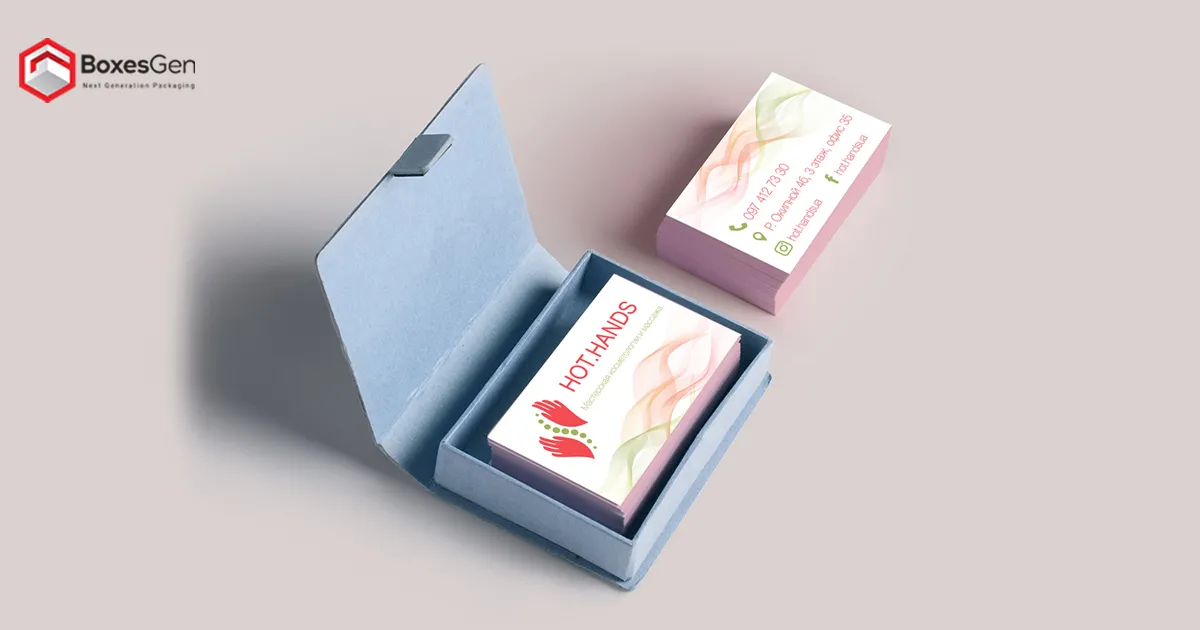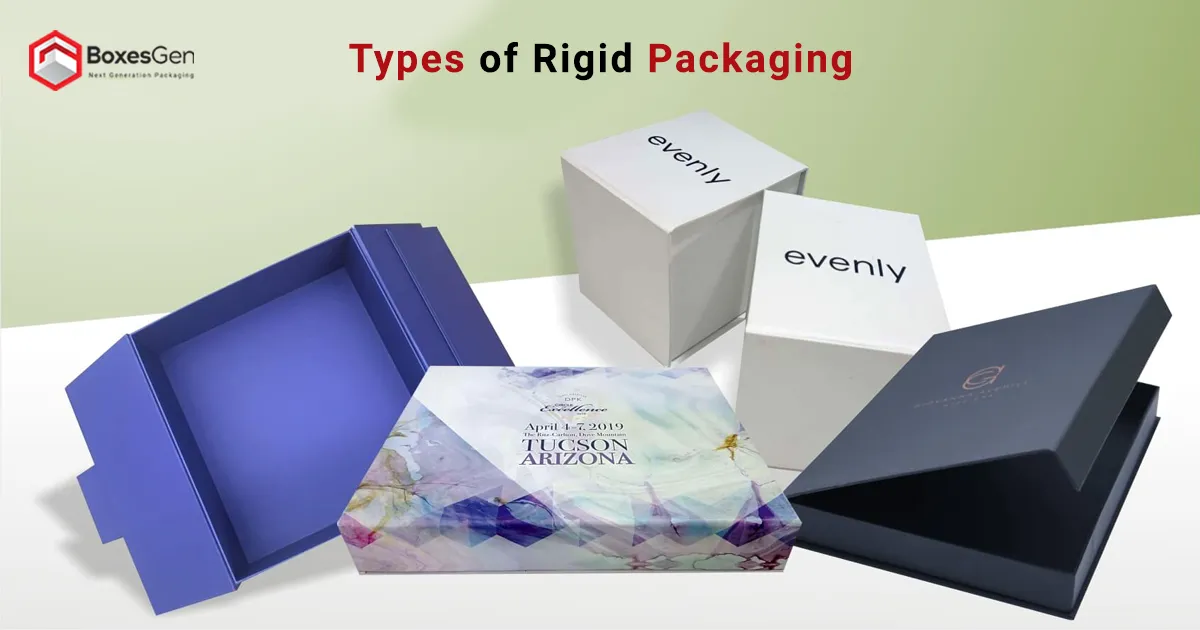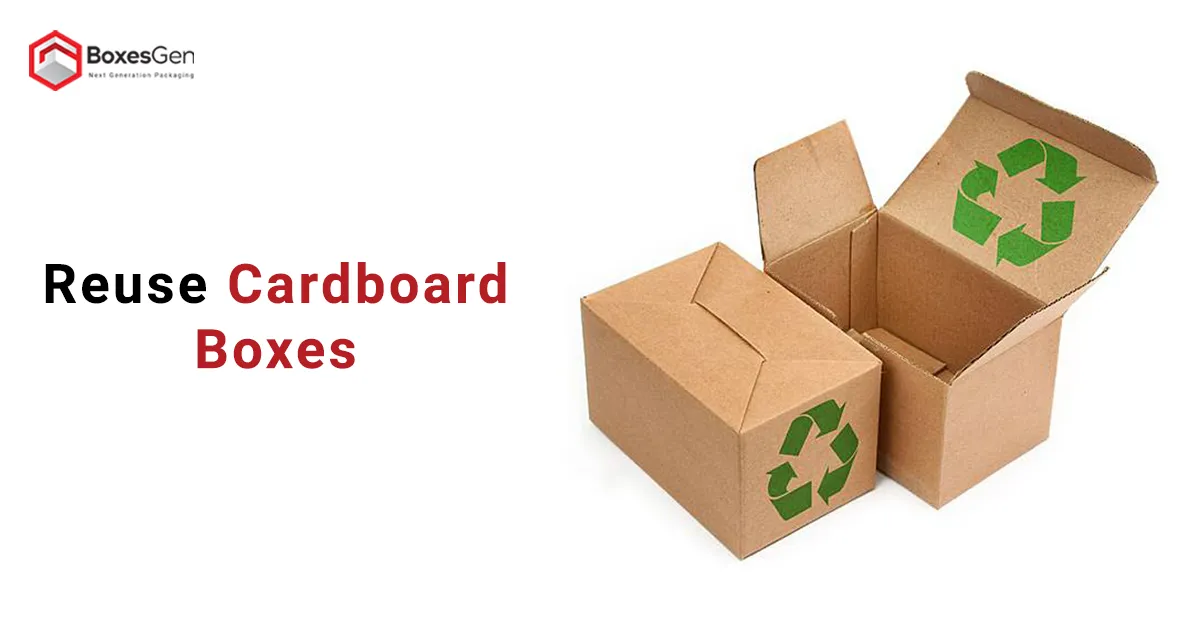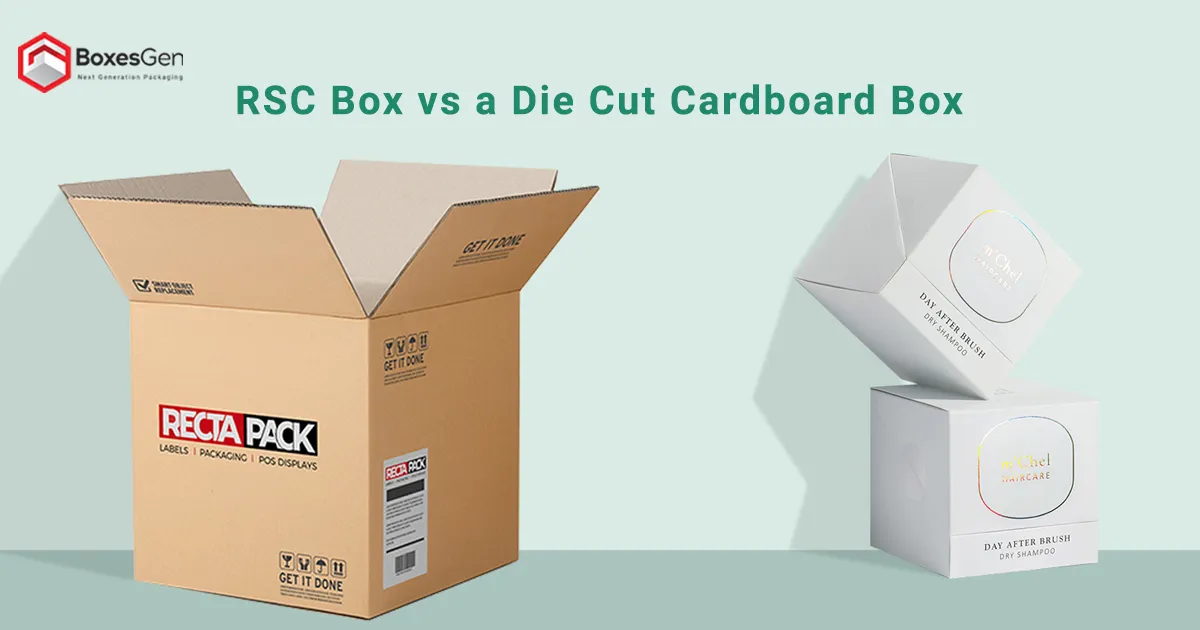Unlocking the Business Card Dimensions
Regarding professional networking and corporate identity, the business card is a timeless symbol of connection and credibility. A well-designed business card can leave a lasting impression, whether exchanged at a conference, during a chance encounter, or as a deliberate introduction. Understanding the dimensions of a business card is crucial for creating a visually appealing and functional tool that effectively represents your brand.
What Are the Dimensions of a Business Card?
The standard Box Dimensions of a business card is a key consideration in its design and functionality. Business cards typically adhere to a widely accepted size to ensure compatibility with cardholders, wallets, and Business Card Boxes. The International Organization for Standardization (ISO) has specified a standard size for business cards, which is 3.5 inches by 2 inches (88.9 mm × 50.8 mm). ISO Standard 3.5 x 2 inches (88.9 mm × 50.8 mm)
This universally recognized size ensures that business cards are easily portable and fit seamlessly into cardholders, making them convenient for distribution and storage. Adhering to these dimensions also allows for uniformity in the printing and design processes, streamlining the creation of business cards across various platforms and printing services.
Custom Business Card Dimensions
While the ISO standard remains prevalent, some individuals and businesses opt for custom dimensions to stand out and make a unique statement. However, balancing creativity and practicality is crucial to ensure that custom-sized cards are still easily portable and fit standard cardholders.
Customization Considerations
Custom dimensions can range from square cards to larger or smaller sizes. However, it’s important to consider the impact on practicality and user experience. For example, a square business card may stand out but might not fit well in standard cardholders or wallets, potentially reducing its convenience and visibility.
Importance of Business Card Dimensions
Understanding and adhering to standard business card dimensions is essential for several reasons. Firstly, it ensures that your card fits seamlessly into the recipient’s cardholder or wallet, increasing the likelihood of being kept and referred to.
Professionalism and Compatibility
Consistency with standard Envelope dimensions also conveys professionalism and familiarity. When individuals receive a card adoring the established size, they are likelier to perceive it as a legitimate and professionally crafted representation of the giver’s brand or identity.
Design Considerations Within Standard Dimensions
Within the standardized dimensions, there is ample room for creativity and customization. Considerations like font size, logo placement, and information layout are crucial in creating an aesthetically pleasing and effective business card like the Necklace Card.
Font Legibility
Choosing a legible font size is essential for ensuring that recipients can easily read the information on your business card. A balance between style and readability is key to making a positive impression.
Logo and Graphics Placement
Strategic placement of your logo and graphics within the standard dimensions is crucial for visual impact. The upper left or right corner is a common choice for logo placement, while the back of the card offers additional space for creative design elements.
Information Layout
Organizing information effectively is vital for a business card’s functionality. Prioritize essential details such as your name, job title, company name, and contact information. Clear and concise information ensures that recipients can quickly grasp the key details.
Printing Considerations
When preparing your business card for printing, it’s crucial to consider the bleed area and resolution. The bleed area ensures no white border around the printed card, while a high resolution ensures crisp and clear printing.
Bleed Area and Resolution
Include a bleed area of at least 1/8 inch (3.175 mm) beyond the final trim size to account for any variations in the cutting process. Set the resolution of your design to at least 300 dots per inch (DPI) to ensure high-quality printing.
Exploring Unique Business Card Sizes
While the ISO standard dimensions provide a solid foundation for business cards, some individuals and businesses venture beyond the conventional. Embracing unique business card sizes can be a bold way to stand out and make a memorable impression.
Standard Business Card
- Inches: 3.5 x 2 inches
- Centimeters: 8.89 x 5.08 cm
- Millimeters: 88.9 x 50.8 mm
Square Business Card
- Inches: 2.5 x 2.5 inches
- Centimeters: 6.35 x 6.35 cm
- Millimeters: 63.5 x 63.5 mm
Mini Business Card
- Inches: 3 x 1 inch
- Centimeters: 7.62 x 2.54 cm
- Millimeters: 76.2 x 25.4 mm
European Business Card
- Inches: 3.346 x 2.165 inches
- Centimeters: 8.5 x 5.5 cm
- Millimeters: 85 x 55 mm
Asian Business Card
- Inches: 3.543 x 1.968 inches
- Centimeters: 9 x 5 cm
- Millimeters: 90 x 50 mm
Rounded Corner Business Card
- Inches: 3.5 x 2 inches (with rounded corners)
- Centimeters: 8.89 x 5.08 cm (with rounded corners)
- Millimeters: 88.9 x 50.8 mm (with rounded corners)
Slim Business Card
- Inches: 3.5 x 1.75 inches
- Centimeters: 8.89 x 4.45 cm
- Millimeters: 88.9 mm x 44.45 mm
Folded Business Card
- Inches (Folded): 3.5 x 4 inches (when unfolded)
- Centimeters (Folded): 8.89 x 10.16 cm (when unfolded)
- Millimeters (Folded): 88.9 x 101.6 mm (when unfolded)
Oval Business Card
- Inches: 2.75 x 1.75 inches
- Centimeters: 6.99 x 4.45 cm
- Millimeters: 69.85 x 44.45 mm
Large Business Card
- Inches: 4 x 2.5 inches
- Centimeters: 10.16 x 6.35 cm
- Millimeters: 101.6 x 63.5 mm
Vertical Business Card
- Inches: 2 x 3.5 inches
- Centimeters: 5.08 x 8.89 cm
- Millimeters: 50.8 x 88.9 mm
Transparent Business Card
- Inches: 3.5 x 2 inches
- Centimeters: 8.89 x 5.08 cm
- Millimeters: 88.9 x 50.8 mm
Foil Stamped Business Card
- Inches: 3.5 x 2 inches
- Centimeters: 8.89 x 5.08 cm
- Millimeters: 88.9 x 50.8 mm
Die-Cut Business Card
- Inches: Variable based on custom design
- Centimeters: Variable based on custom design
- Millimeters: Variable based on custom design
3D Embossed Business Card
- Inches: 3.5 x 2 inches
- Centimeters: 8.89 x 5.08 cm
- Millimeters: 88.9 x 50.8 mm
These dimensions provide various options for businesses and individuals seeking to create unique and memorable business cards that suit their brand identity and industry.
Customizing Business Card Dimensions to Your Brand
Customization extends beyond unique sizes to encompass your business card’s overall design and layout. Tailoring the dimensions to align with your brand identity is an art form that requires careful consideration.
Brand Cohesion and Consistency
Custom dimensions for Custom Made Boxes allow for a more personalized representation of your brand. Consider aligning the shape of your card with the unique aspects of your logo or incorporating elements that echo your brand’s visual identity. The key is to maintain cohesion and consistency across all branding materials.
Industry-Specific Considerations
Certain industries may benefit from specific business card sizes that resonate with their target audience. For instance, creative professionals in the design or arts industry might opt for unconventional dimensions to showcase their artistic flair. In contrast, professionals in more formal sectors may lean towards standard dimensions for a classic and timeless appeal.
Texture and Finish
Exploring different textures and finishes can add a tactile element to your business card, leaving a lasting impression on recipients. Matte, glossy, or textured finishes can contribute to the overall aesthetic appeal and communicate the desired level of professionalism.
Color Psychology
The choice of colors on your business card goes beyond aesthetics; it can evoke specific emotions and associations. Understanding color psychology can help you strategically select hues that align with your brand personality and leave a positive impression on those who receive your card.
The Rise of Virtual Business Cards
In the digital age, the concept of business and Greeting Card Dimensions has expanded beyond physical dimensions to include virtual or digital variations. Virtual business cards, often shared through QR codes or digital platforms, offer a dynamic and interactive way to exchange information.
QR Codes and Digital Links
Including a QR code on your physical business card allows recipients to access your digital presence quickly. This may include links to your website, social media profiles, or an interactive portfolio, enhancing the overall user experience and providing additional avenues for engagement.
Conclusion
Business cards are indispensable for making connections and leaving a lasting impression in the dynamic professional networking landscape. Whether you adhere to standard dimensions for a timeless and universally accepted approach or explore unique sizes to stand out, the key lies in thoughtful design and strategic customization. By considering your business card’s practicality, industry relevance, and visual impact, you can ensure that it becomes a powerful extension of your brand identity in the professional world.
FAQs
What Are the Standard Dimensions of Business Cards?
Standard business cards typically measure 3.5 inches by 2 inches (88.9 mm × 50.8 mm), following the widely accepted International Organization for Standardization (ISO) guidelines for uniformity and compatibility in cardholders and wallets.
Are Square Business Cards Practical for Networking?
Square business cards, measuring 2.5 inches by 2.5 inches (63.5 mm × 63.5 mm), offer a visually distinctive alternative. However, it’s important to consider their potential impact on practicality, as they may not fit seamlessly into standard cardholders or wallets.
What Is the Purpose of Mini Business Cards?
Mini business cards, measuring 3 inches by 1 inch (76.2 mm × 25.4 mm), serve as a compact and charming alternative. While their size limits information, they can be an effective conversation starter, prompting recipients to inquire for more details about your professional identity.
How Can I Customize Business Card Dimensions?
Customizing business cards and Baseball Card Dimensions involves tailoring the size to align with your brand identity. This allows for a more personalized representation, maintaining cohesion and consistency across all branding materials while considering industry-specific preferences for certain business card sizes.
What Role Do Design Elements Play?
Design elements play a crucial role in maximizing your business card’s impact within standard dimensions. Texture, finish, and color psychology contribute to aesthetic appeal, conveying a desired level of professionalism and leaving a lasting impression on recipients.
Can Unique Sizes Be Memorable and Practical?
While unique business card sizes, such as square or mini cards, can be memorable, practicality is a key consideration. Striking a balance between creativity and functionality ensures your business card remains easily portable and compatible with standard cardholders.
How Does Color Psychology Influence Business Cards?
Color psychology on business cards goes beyond aesthetics, influencing emotions and associations. Strategically selecting hues that align with your brand personality improves the overall visual impact and leaves a positive impression on those who receive and interact with your card.
Are Virtual Business Cards Becoming More Popular?
In the digital age, virtual business cards, often shared through QR codes or digital platforms, are gaining popularity. They provide a dynamic and interactive way to exchange information, including links to websites, social media profiles, or interactive portfolios, enhancing the overall user experience.
How Does Customization Impact Brand Representation?
Customizing business card dimensions allows for a more personalized representation of your brand. Aligning the shape with unique aspects of your logo and maintaining cohesion ensures consistency across all branding materials, creating a distinct and memorable identity in the professional realm.
Why Is Font Legibility Crucial for Business Cards?
Font legibility on business cards is crucial for ensuring that recipients can easily read the information. Striking a balance between style and readability is key to making a positive impression, allowing quick comprehension of essential details such as your name, job title, and contact information.
How Can Virtual Business Cards Augment Networking?
Virtual business cards, shared through QR codes or digital links, augment networking by providing quick access to digital presence. This includes links to websites, social media profiles, or interactive portfolios, expanding the avenues for engagement and creating a seamless bridge between physical and digital networking.
What Is the Significance of the Bleed Area?
The bleed area in business card design is essential, measuring at least 1/8 inch (3.175 mm) beyond the final trim size. It ensures no white border around the printed card, accounting for variations in the cutting process and resulting in a professional and polished appearance.
How Does the Resolution Impact Business Card Printing?
Setting the resolution of your business card design to at least 300 dots per inch (DPI) is crucial for high-quality printing. A higher resolution ensures crisp and clear printing, contributing to the overall professional appearance of your business card and making a positive impression on recipients.
What Industries Benefit from Unique Business Card Sizes?
Design and the arts may benefit from unique business card sizes to showcase creativity. However, the choice of size should align with the target audience’s preferences and convey a professional image, maintaining the balance between uniqueness and industry relevance.
How Can QR Codes Increase the Functionality of Business Cards?
Including QR codes on business cards boosts functionality by allowing quick access to digital information. Recipients can easily scan the QR code to access links to websites, social media profiles, or interactive portfolios, providing an interactive and convenient way to engage with your professional identity.










